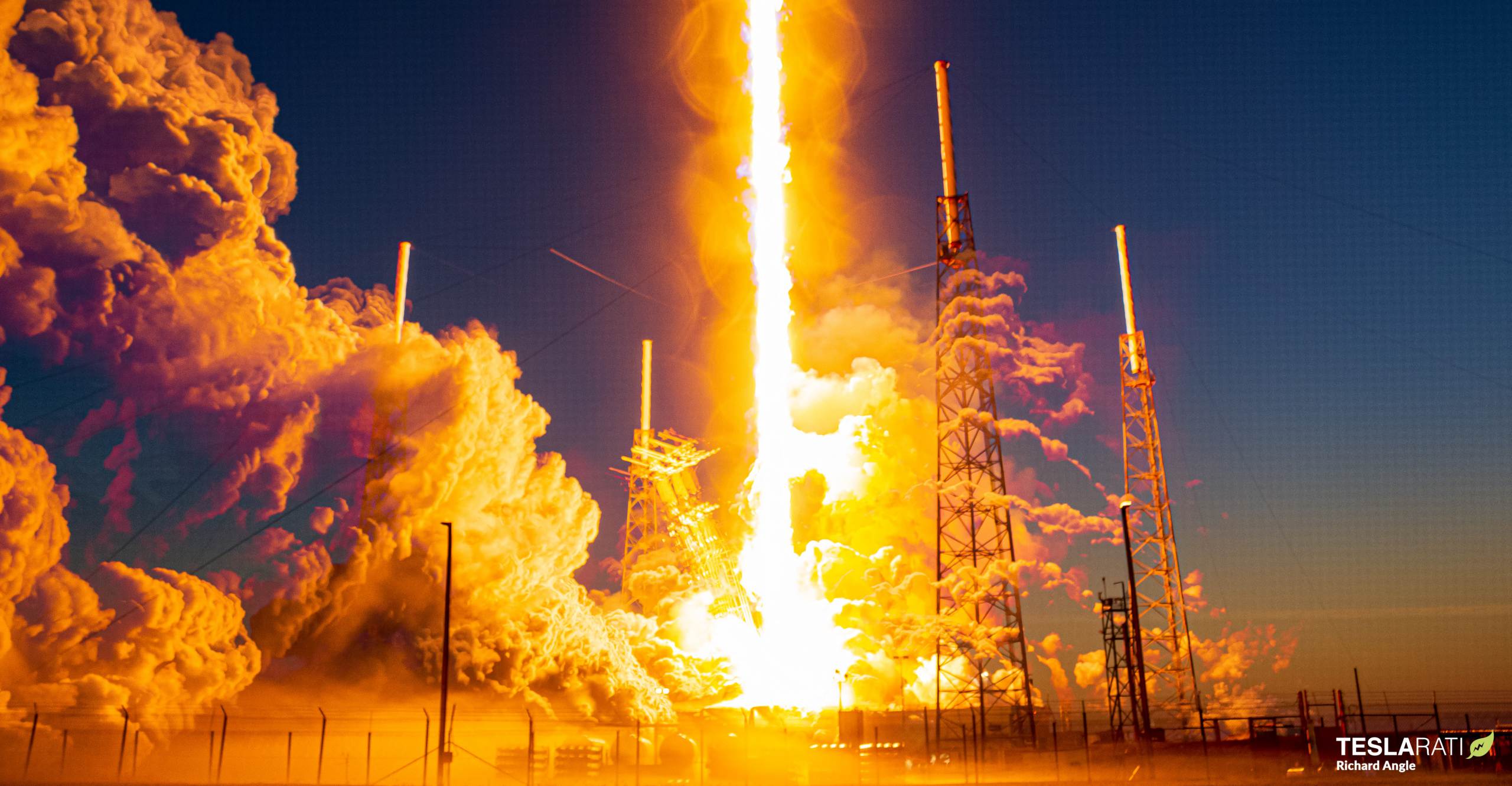
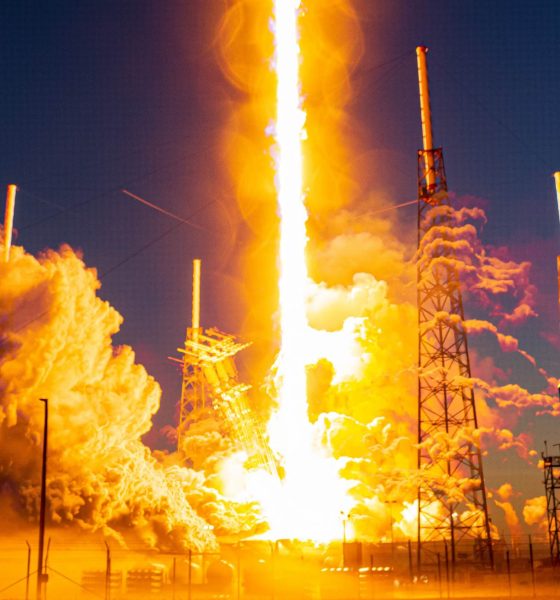
News
SpaceX follows up Falcon Heavy spectacle with sunrise Falcon 9 launch
SpaceX has followed up Falcon Heavy’s latest spectacle with a Falcon 9 launch shortly after sunrise, producing more ethereal views of the company’s rockets in action.
SpaceX’s visual style is off to a strong start in 2023. All rocket launches are impressive to some degree, but SpaceX has managed to complete Falcon Heavy’s first twilight launch and a Falcon 9 launch backlit by the morning sun less than three days apart. Falcon Heavy kicked off the pair on January 15th with the successful launch of the US Space Force’s USSF-67 mission. Three times more powerful than Falcon 9 and the most capable commercial rocket ever built, Falcon Heavy lifted off shortly after sunset. The fury of its exhaust was amplified by the twilight sky as it rose back into sunlight, producing one of the most visually spectacular launches in SpaceX history.
62 hours later, a Falcon 9 rocket launched from SpaceX’s Cape Canaveral Space Force Station (CCSFS) LC-40 pad with the US military’s sixth upgraded GPS III navigation satellite inside its payload fairing. The mission was a flawless success. Falcon 9 booster B1077 touched down on drone ship A Shortfall of Gravitas eight and a half minutes after liftoff, completing its second orbital-class launch and landing. 90 minutes after leaving the ground, Falcon 9’s upper stage deployed the GPS III SV06 satellite into a nominal transfer orbit with one end at 392 kilometers and the other around 20,170 kilometers (~12,530 mi) above Earth’s surface. The satellite will use its own propulsion to raise itself into a circular orbit, where it will eventually enter operation and begin distributing more accurate location information.
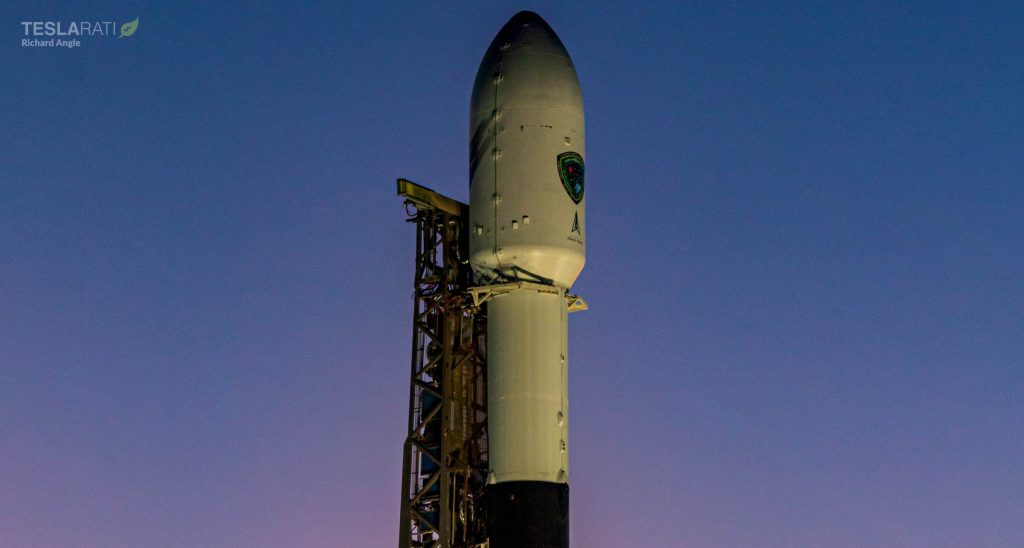
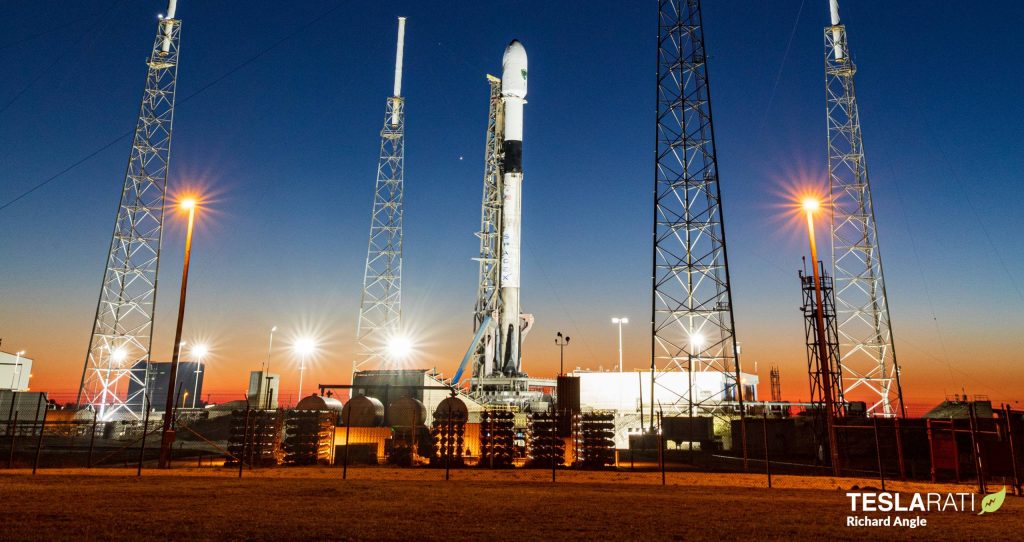
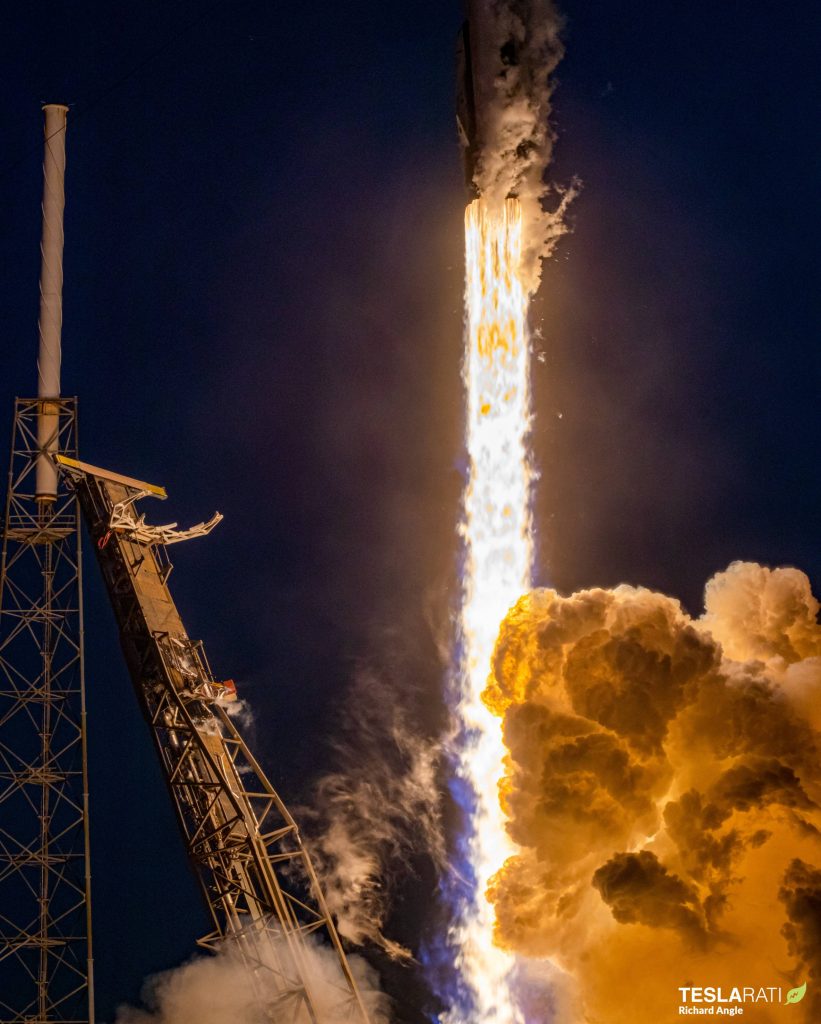
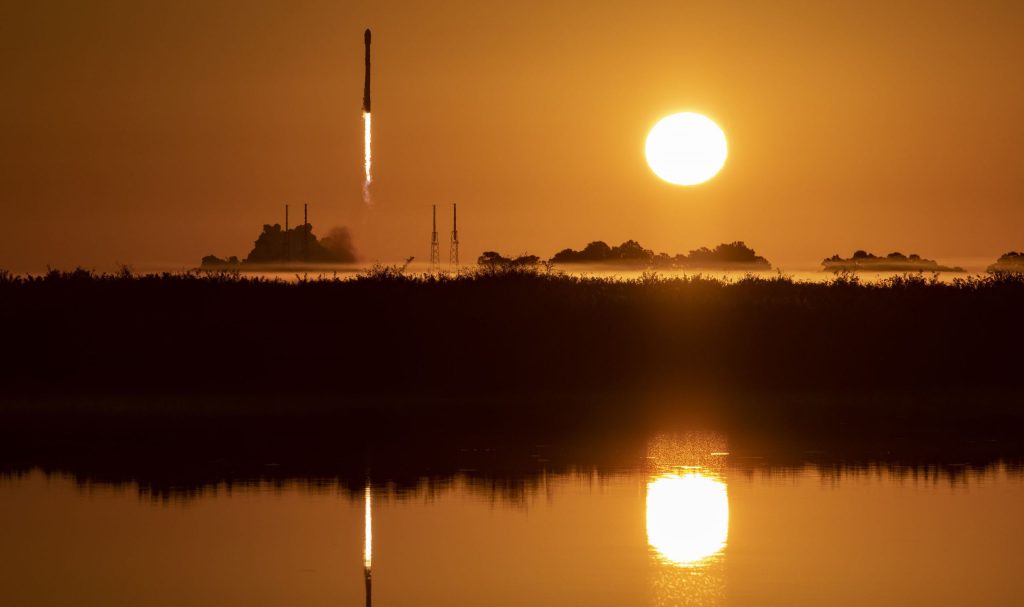
The update that's rolling out to the fleet makes full use of the front and rear steering travel to minimize turning circle. In this case a reduction of 1.6 feet just over the air— Wes (@wmorrill3) April 16, 2024
For unknown reasons, SpaceX delayed the launch 14 minutes, pushing the T-0 time from 7:10 am to 7:24 am – from just before to just after sunrise. As a result, instead of a brief twilight spectacle, Falcon 9 lifted off with the morning sun low in the sky and almost directly behind the rocket from certain perspectives. Rocket solar transits are possibly even rarer than optimal twilight launches, making for an exceptionally impressive pair of back-to-back SpaceX missions.
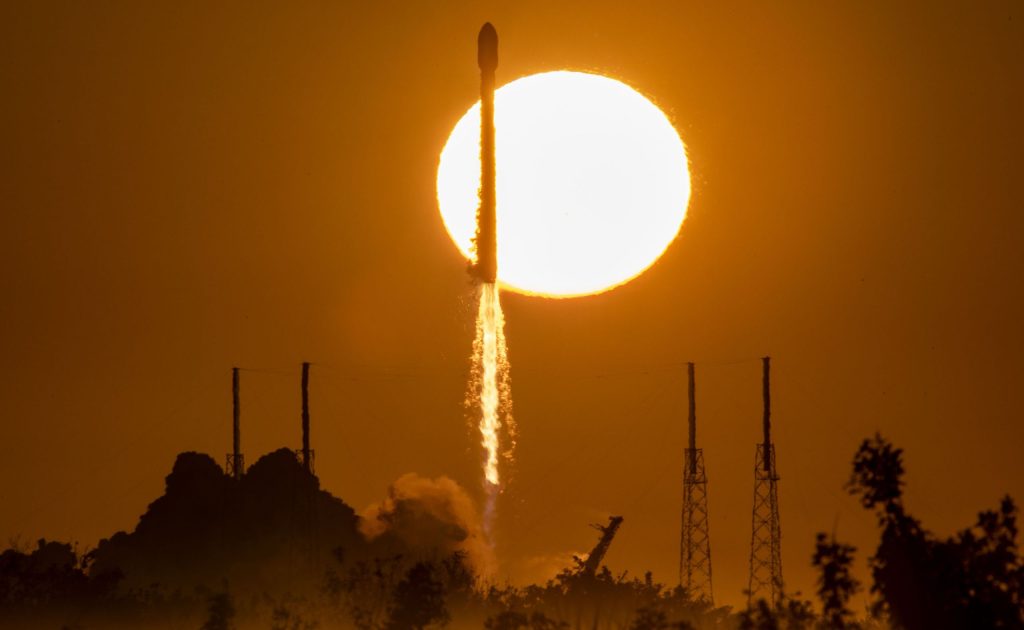
Heading toward 100?
GPS III SV06 was SpaceX’s fourth launch in the first 18 days of 2023. That pace is far from unusual after the company’s record-breaking 2022, but the fact that three of those missions launched from one pad – LC-40 – is. Over the last six weeks, SpaceX has launched six Falcon 9 rockets from LC-40 – an average of one launch every seven days. That sustained cadence is unprecedented for a single SpaceX pad, and the company has three.
In 2022, LC-40 managed 33 launches – one launch every 11 days. It’s California (SLC-4E) and Kennedy Space Center (Pad 39A) facilities combined to support 28 launches, for a total of 61 Falcon launches last year. It’s well known that SpaceX CEO Elon Musk’s target of 100 launches in 2023 is exceptionally ambitious and could be hard to hit. But already, SpaceX’s performance over the last six weeks is making that unprecedented target more and more achievable.
LC-40 is not alone in its improved cadence. For the workhorse pad’s six launches, SLC-4E managed five launches in the same six-week period. Combined, all three SpaceX pads have supported 11 successful launches in the last 42 days, equating to 95 launches per year if sustained for all of 2023. Having already sustained that pace for six weeks, and with an almost unbelievable 2022 under its belt, launching 100 times in 2023 suddenly seems like a real possibility.
Continuing that relentless push, SpaceX’s next mission – Starlink 2-4 – is scheduled to launch as early as 7:23 am PDT (15:23 UTC) tomorrow, January 19th.

Elon Musk
Tesla CEO Elon Musk confirms Robotaxi safety monitor removal in Austin: here’s when
Musk has made the claim about removing Safety Monitors from Tesla Robotaxi vehicles in Austin three times this year, once in September, once in October, and once in November.
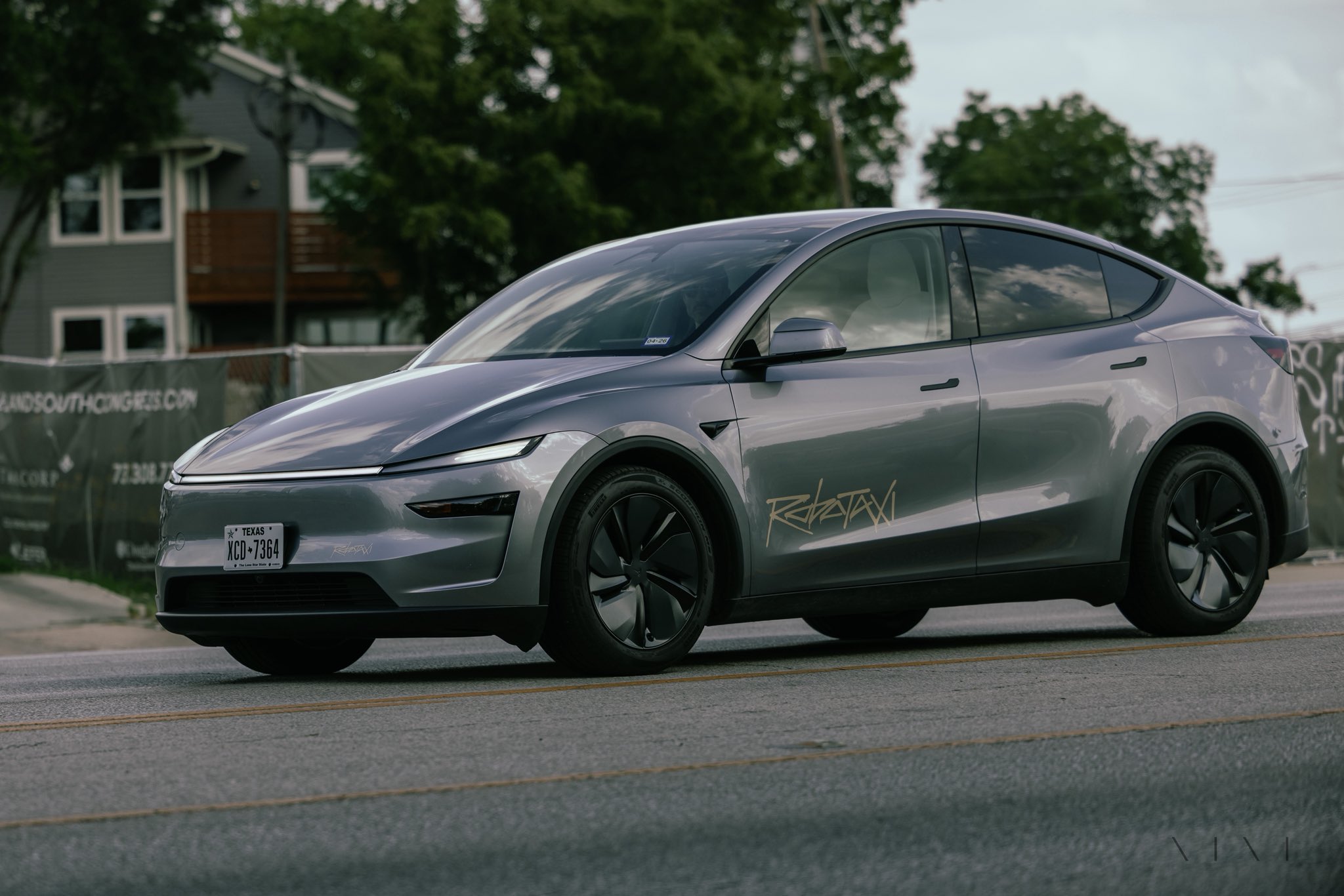
Tesla CEO Elon Musk confirmed on Tuesday at the xAI Hackathon that the company would be removing Safety Monitors from Robotaxis in Austin in just three weeks.
This would meet Musk’s timeline from earlier this year, as he has said on several occasions that Tesla Robotaxis would have no supervision in Austin by the end of 2025.
On Tuesday, Musk said:
“Unsupervised is pretty much solved at this point. So there will be Tesla Robotaxis operating in Austin with no one in them. Not even anyone in the passenger seat in about three weeks.”
Musk has made the claim about removing Safety Monitors from Tesla Robotaxi vehicles in Austin three times this year, once in September, once in October, and once in November.
In September, he said:
“Should be no safety driver by end of year.”
The safety driver is just there for the first few months to be extra safe.
Should be no safety driver by end of year.
— Elon Musk (@elonmusk) September 4, 2025
On the Q3 Earnings Call in October, he said:
“We are expecting ot have no safety drivers in at least large parts of Austin by the end of this year.”
Finally, in November, he reiterated the timeline in a public statement at the Shareholder Meeting:
“I expect Robotaxis to operate without safety drivers in large parts of Austin this year.”
Currently, Tesla uses Safety Monitors in Austin in the passenger’s seat on local roads. They will sit in the driver’s seat for highway routes. In the Bay Area ride-hailing operation, there is always a Safety Monitor in the driver’s seat.
Three weeks would deliver on the end-of-year promise, cutting it close, beating it by just two days. However, it would be a tremendous leap forward in the Robotaxi program, and would shut the mouths of many skeptics who state the current iteration is no different than having an Uber.
Tesla has also expanded its Robotaxi fleet this year, but the company has not given exact figures. Once it expands its fleet, even more progress will be made in Tesla’s self-driving efforts.
News
SpaceX reportedly mulling IPO, eyeing largest of all time: report
“I do want to try to figure out some way for Tesla shareholders to participate in SpaceX. I’ve been giving a lot of thought to how to give people access to SpaceX stock,” Musk said.

SpaceX is reportedly mulling an initial public offering, eyeing what would be the largest valuation at the time of availability of all time, a new report from Bloomberg said on Tuesday.
It is one of many reports involving one of Elon Musk’s companies and a massive market move, as this is not the first time we have seen reports of an IPO by SpaceX. Musk himself has also dispelled other reports in the past of a similar nature, including an xAI funding round.
SpaceX and Musk have yet to comment on the report. In the past, untrue reports were promptly replied to by the CEO; this has not yet gained any response, which is a good sign in terms of credibility.
However, he said just a few days ago that stories of this nature are inaccurate:
“There has been a lot of press claiming SpaceX is raising money at $800B, which is not accurate. SpaceX has been cash flow positive for many years and does periodic stock buybacks twice a year to provide liquidity for employees and investors. Valuation increments are a function of progress with Starship and Starlink and securing global direct-to-cell spectrum that greatly increases our addressable market. And one other thing that is arguably most significant by far.”
There has been a lot of press claiming @SpaceX is raising money at $800B, which is not accurate.
SpaceX has been cash flow positive for many years and does periodic stock buybacks twice a year to provide liquidity for employees and investors.
Valuation increments are a…
— Elon Musk (@elonmusk) December 6, 2025
Musk has discussed a potential IPO for SpaceX in recent months, as the November 6 shareholder meeting, as he commented on the “downsides” of having a public company, like litigation exposure, quarterly reporting pressures, and other inconveniences.
Nevertheless, Musk has also said he wants there to be a way for Tesla shareholders to get in on the action. At the meeting in early November, he said:
“I do want to try to figure out some way for Tesla shareholders to participate in SpaceX. I’ve been giving a lot of thought to how to give people access to SpaceX stock.”
Additionally, he added:
“Maybe at some point., SpaceX should become a public company despite all the downsides of being public.”
Musk has been historically reluctant to take SpaceX public, at times stating it could become a barrier to colonizing Mars. That does not mean it will not happen.
Bloomberg’s report cites multiple unidentified sources who are familiar with the matter. They indicate to the publication that SpaceX wants to go public in mid-to-late 2026, and it wants to raise $30 billion at a valuation of around $1.5 trillion.
This is not the first time SpaceX has discussed an IPO; we reported on it nine years ago. We hope it is true, as the community has spoken for a long time about having access to SpaceX stock. Legendary investor Ron Baron is one of the lucky few to be a SpaceX investor, and said it, along with Tesla, is a “lifetime investment.”
Tesla bull Ron Baron reveals $100M SpaceX investment, sees 3-5x return on TSLA
The primary driver of SpaceX’s value is Starlink, the company’s satellite internet service. Starlink contributes 60-70 percent of SpaceX’s revenue, meaning it is the primary value engine. Launch services, like Falcon 9 contracts, and the development of Starship, also play supporting roles.
News
SpaceX reaches incredible milestone with Starlink program
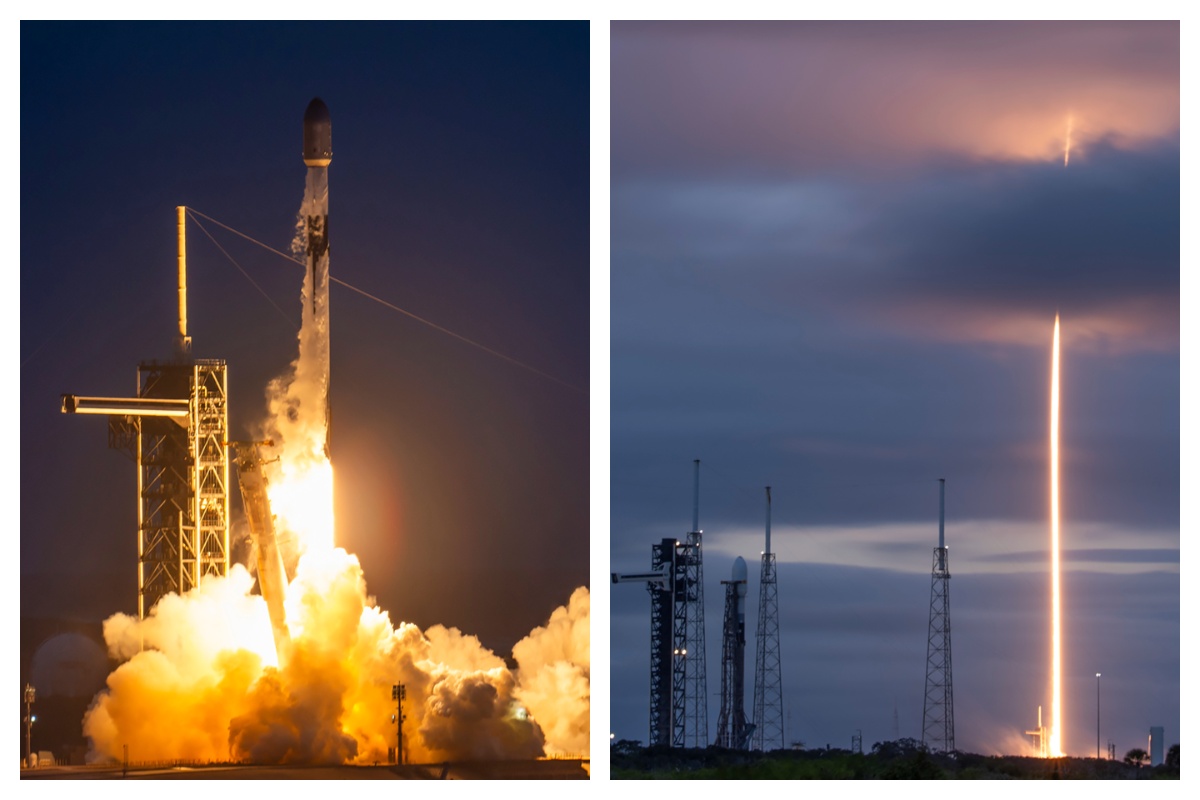
SpaceX reached an incredible milestone with its Starlink program with a launch last night, as the 3,000th satellite of the year was launched into low Earth orbit.
On Monday, SpaceX also achieved its 32nd flight with a single Falcon 9 rocket from NASA’s Kennedy Space Center.
The mission was Starlink 6-92, and it utilized the Falcon 9 B1067 for the 32nd time this year, the most-used Falcon booster. The flight delivered SpaceX’s 3000th Starlink satellite of the year, a massive achievement.
There were 29 Starlink satellites launched and deployed into LEO during this particular mission:
Falcon 9 launches 29 @Starlink satellites from Florida pic.twitter.com/utKrXjHzPN
— SpaceX (@SpaceX) December 9, 2025
SpaceX has a current goal of certifying its Falcon boosters for 40 missions apiece, according to Spaceflight Now.
The flight was the 350th orbital launch from the nearby SLC-40, and the 3,000 satellites that have been successfully launched this year continue to contribute to the company’s goal of having 12,000 satellites contributing to global internet coverage.
There are over five million users of Starlink, the latest data shows.
Following the launch and stage separation, the Falcon 9 booster completed its mission with a perfect landing on the ‘Just Read the Instructions’ droneship.
The mission was the 575th overall Falcon 9 launch, highlighting SpaceX’s operational tempo, which continues to be accelerated. The company averages two missions per week, and underscores CEO Elon Musk’s vision of a multi-planetary future, where reliable connectivity is crucial for remote work, education, and emergency response.
As Starlink expands and works toward that elusive and crucial 12,000 satellite goal, missions like 6-92 pave the way for innovations in telecommunications and enable more internet access to people across the globe.
With regulatory approvals in over 100 countries and millions of current subscribers, SpaceX continues to democratize space, proving that reusability is not just feasible, but it’s also revolutionary.








